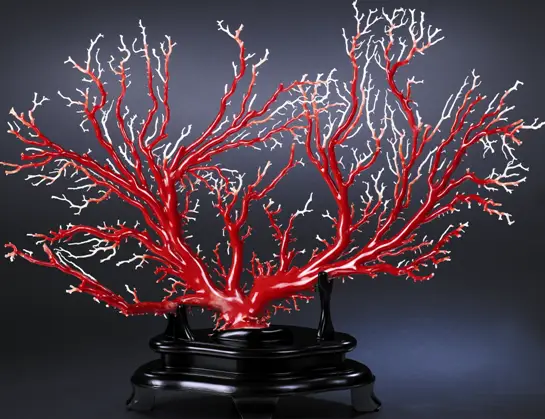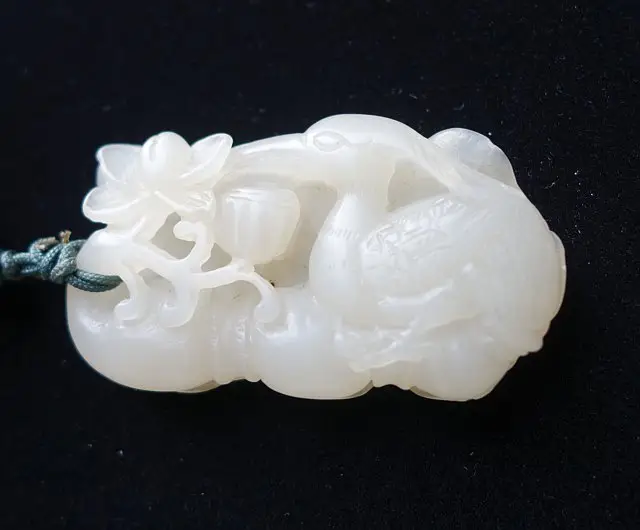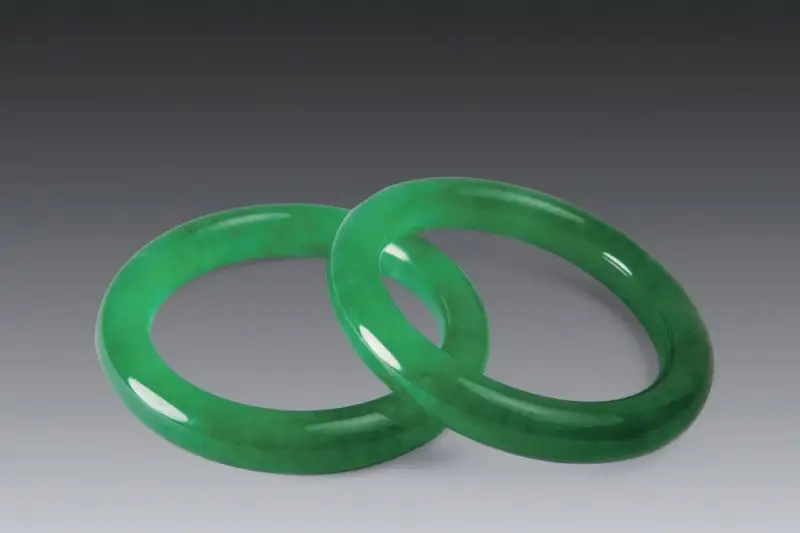Table of Contents
Introduction
According to legend, the seven treasures of Buddhism include gold, silver, lapis lazuli, giant clam, agate, amber, and coral. In Western culture, red coral is believed to have transformed from the blood of Jesus. Whether viewed from a religious perspective or from Eastern and Western cultures, red coral is considered a rare and valuable treasure.
Gem-quality precious coral, Chinese pearls, and amber have long been considered significant and historically important gemstones in both the Eastern and Western worlds.
Coral
Calcium corals are primarily composed of calcium carbonate, with about 3% magnesium carbonate, trace amounts of iron oxide, and 1–4% organic material. Horn corals contain more organic matter than other corals, while gold corals fall between the two. The main mineral phases of calcium carbonate in corals are aragonite and calcite (with calcite being predominant).
Calcium corals
- Hardness: 3.54~4
- Refractive index: 1.49~1.65
- Specific gravity: 2.5~3.1
- Chemical properties (reaction with acid): reacts and foams
Horny coral
- Hardness: 2.5~3.5
- Refractive index: 1.56~1.57
- Specific gravity: 1.34~1.45
- Chemical properties (reacts with acid): No reaction
Commercial Value of Coral
Among gemstone-quality corals, the most popular is the dark red coral (Aka coral). Peach and pink corals are slightly less valuable, while sardine coral, despite resembling dark red coral, differs in price. Westerners, on the other hand, have a strong preference for pink coral.
When simply categorized by color, the deep, dark oxblood red coral is the most precious and rare, followed by bright red and peach, with pink or pinkish-orange being less valuable. Gold coral is generally more expensive than black coral but less expensive than deep red coral.
Corals with an even color and no white core are considered more valuable, and surface flaws such as wormholes or black spots can affect the price. The coral industry typically classifies corals as live branches, dead branches, and overturned branches. Live branches usually have brighter colors and fewer defects such as wormholes or black spots, making them more valuable.
The larger the coral, the more precious it is. For example, when shaping coral into round beads, only a few large beads can be extracted from the widest part of a large coral tree. It may take several kilograms of coral to produce just one or two large round beads. In recent industry records, a 17mm round dark red coral bead was auctioned for 5 million, demonstrating how rare and valuable large-diameter coral beads are.



